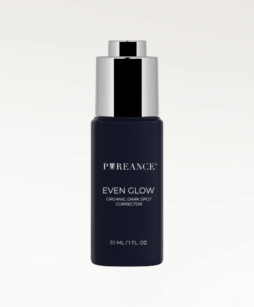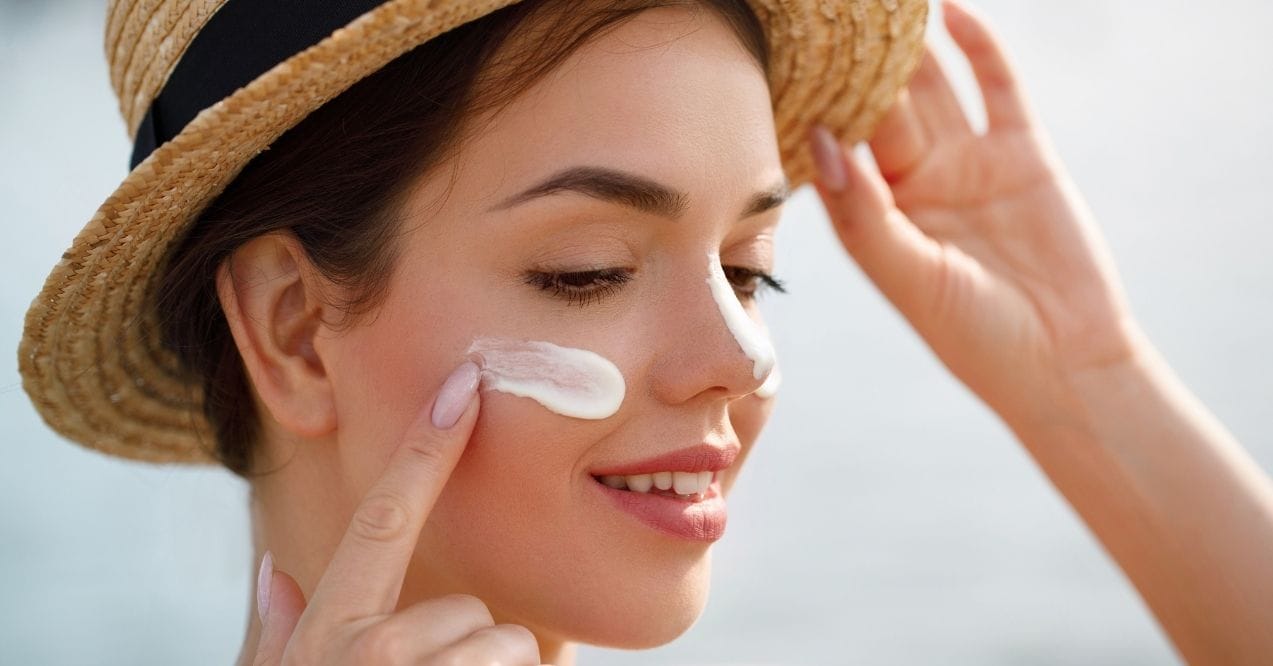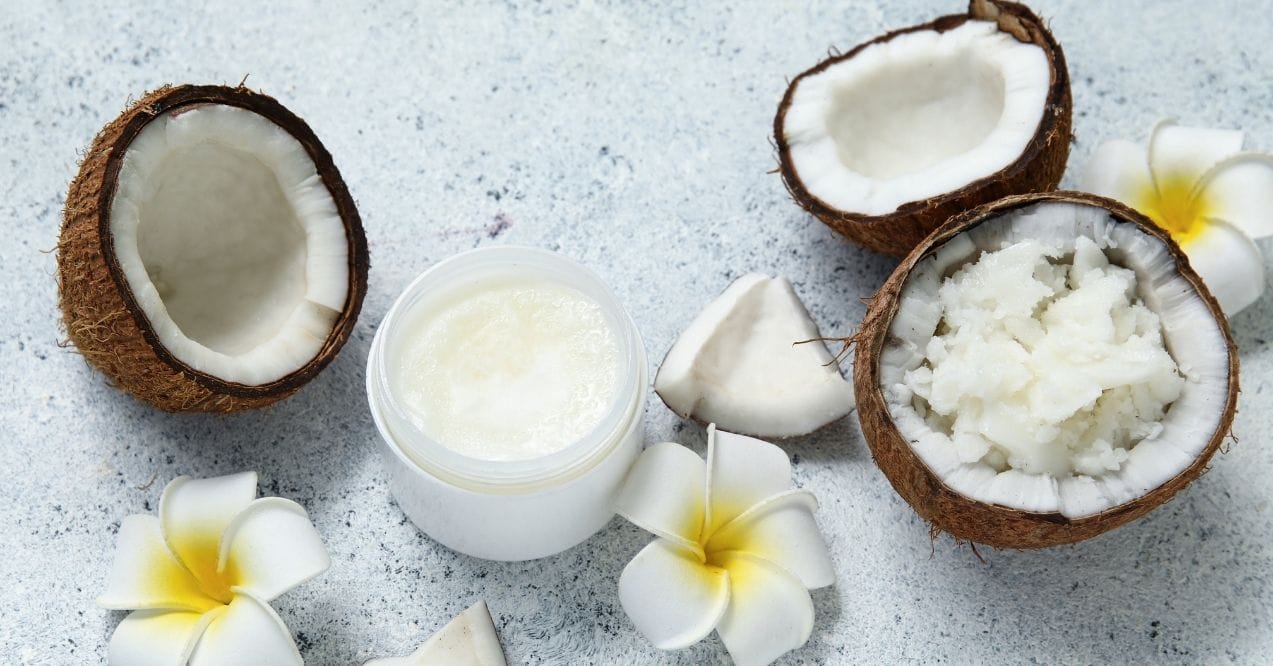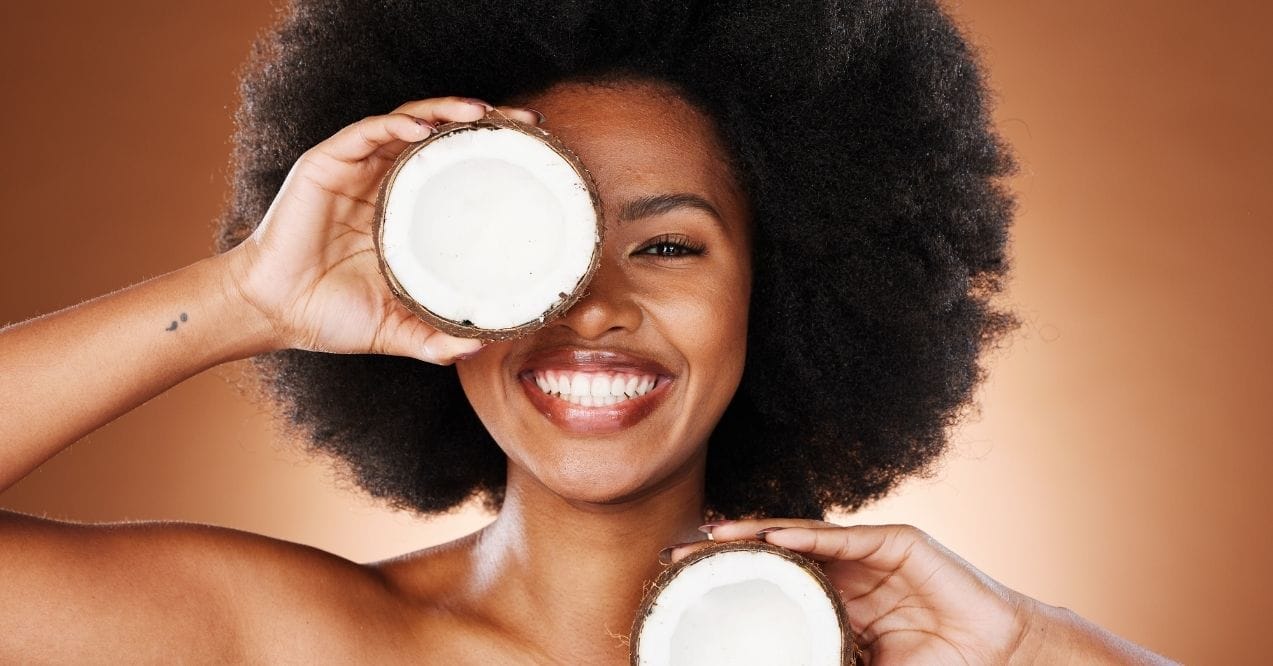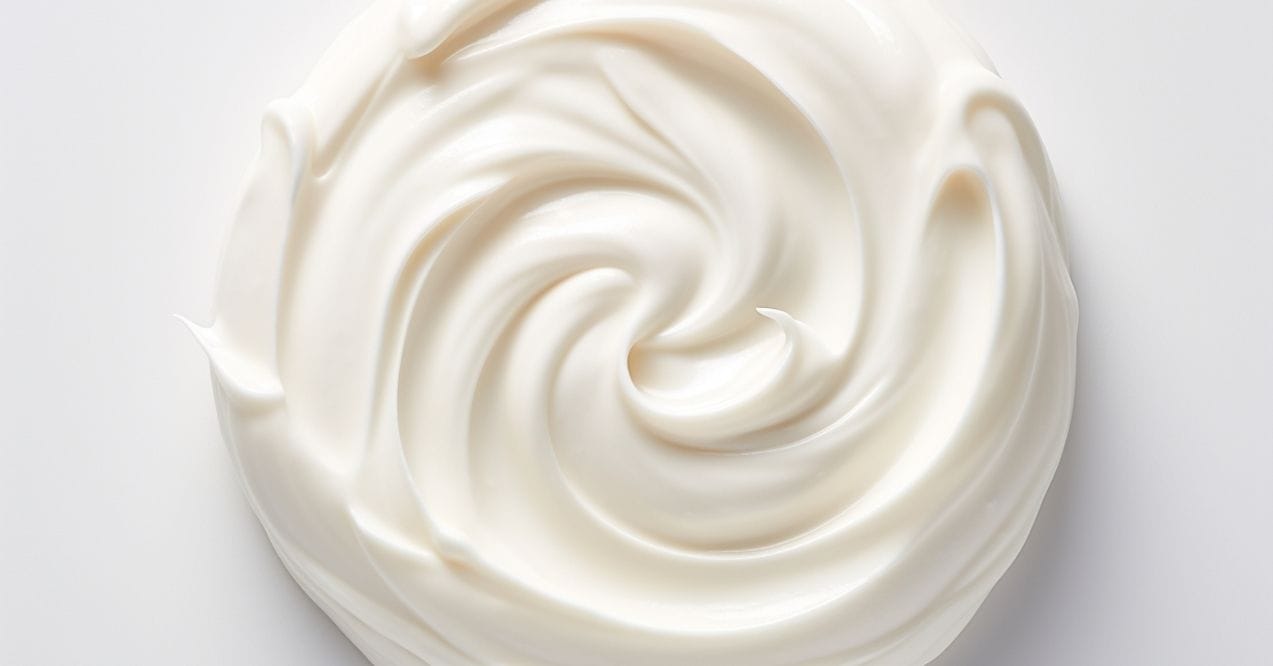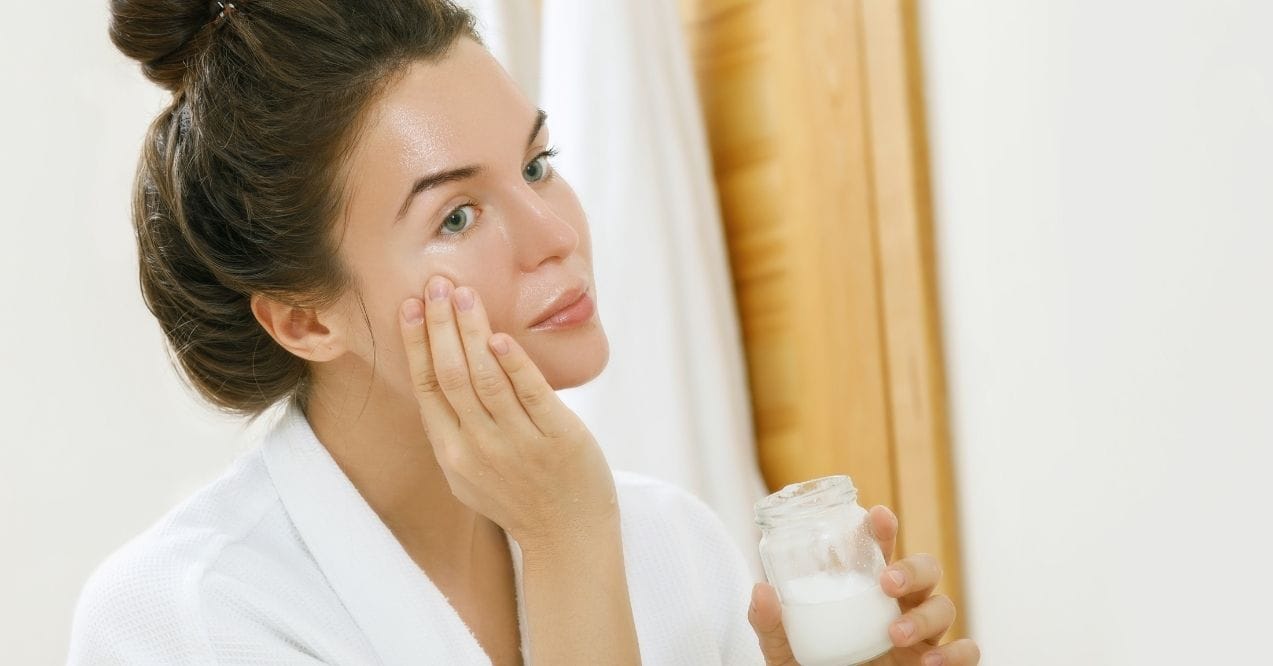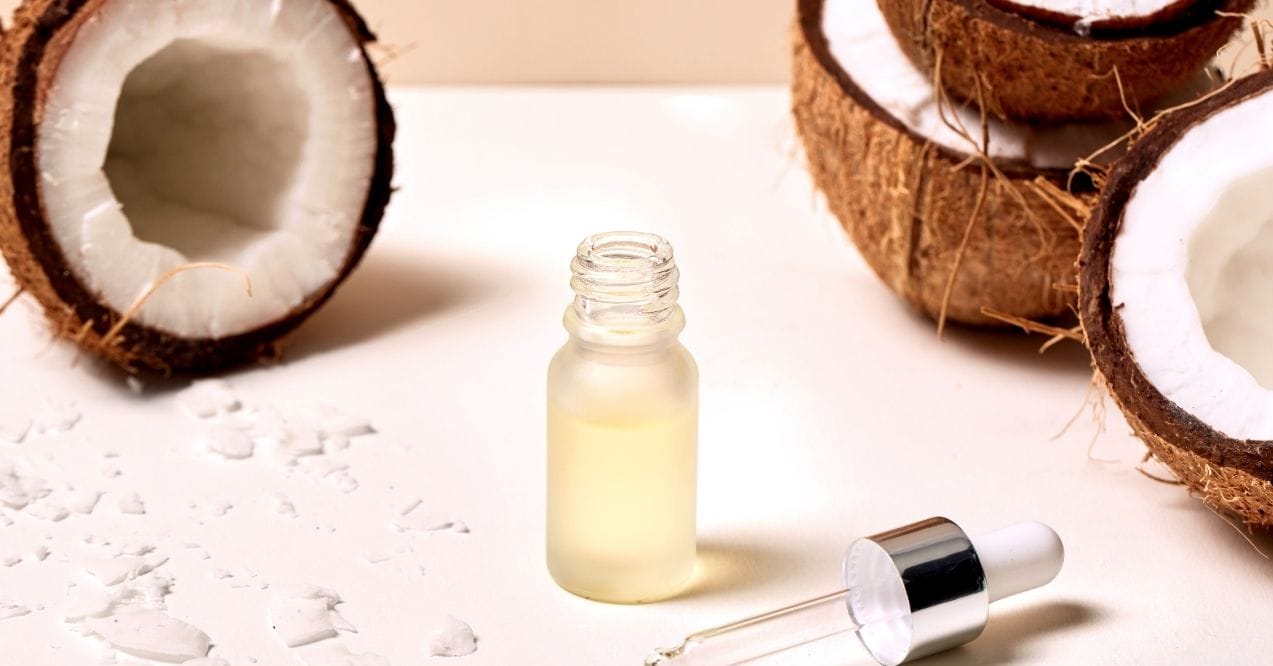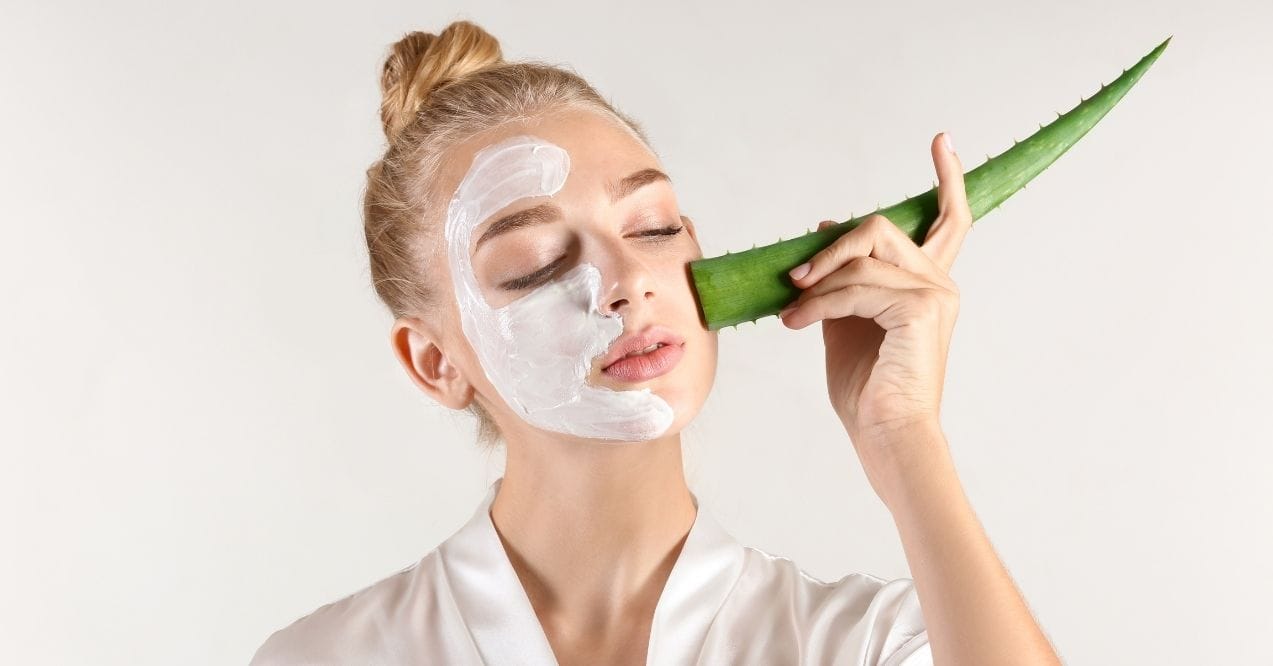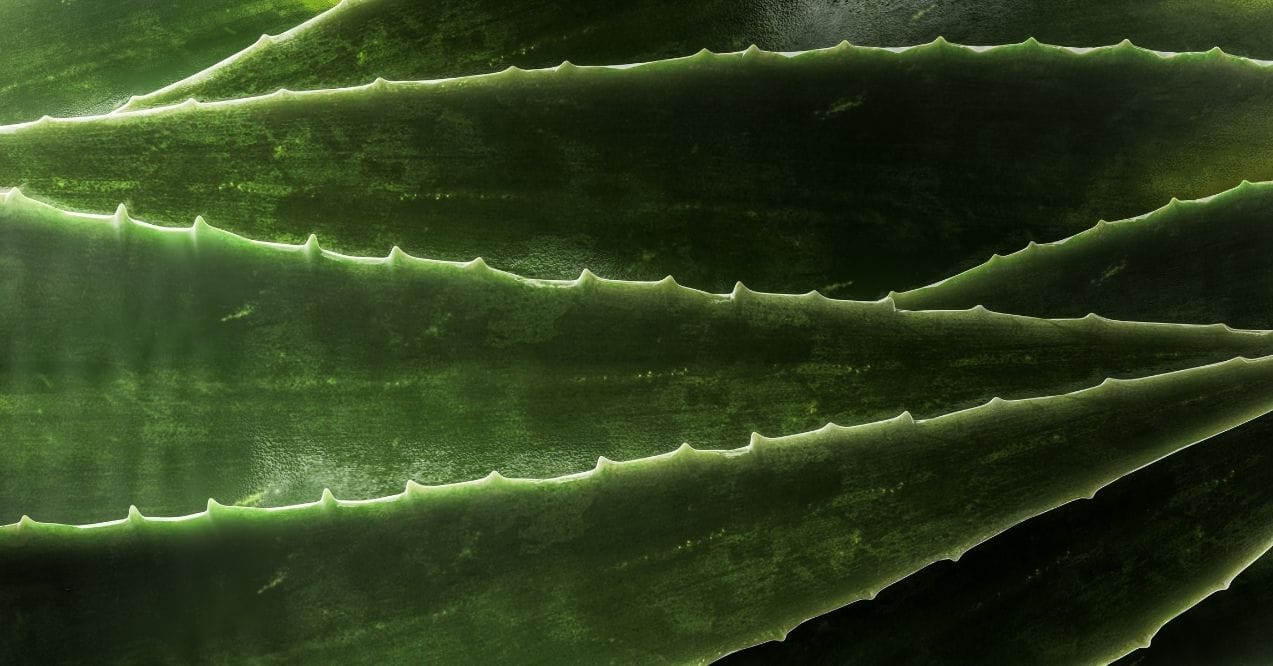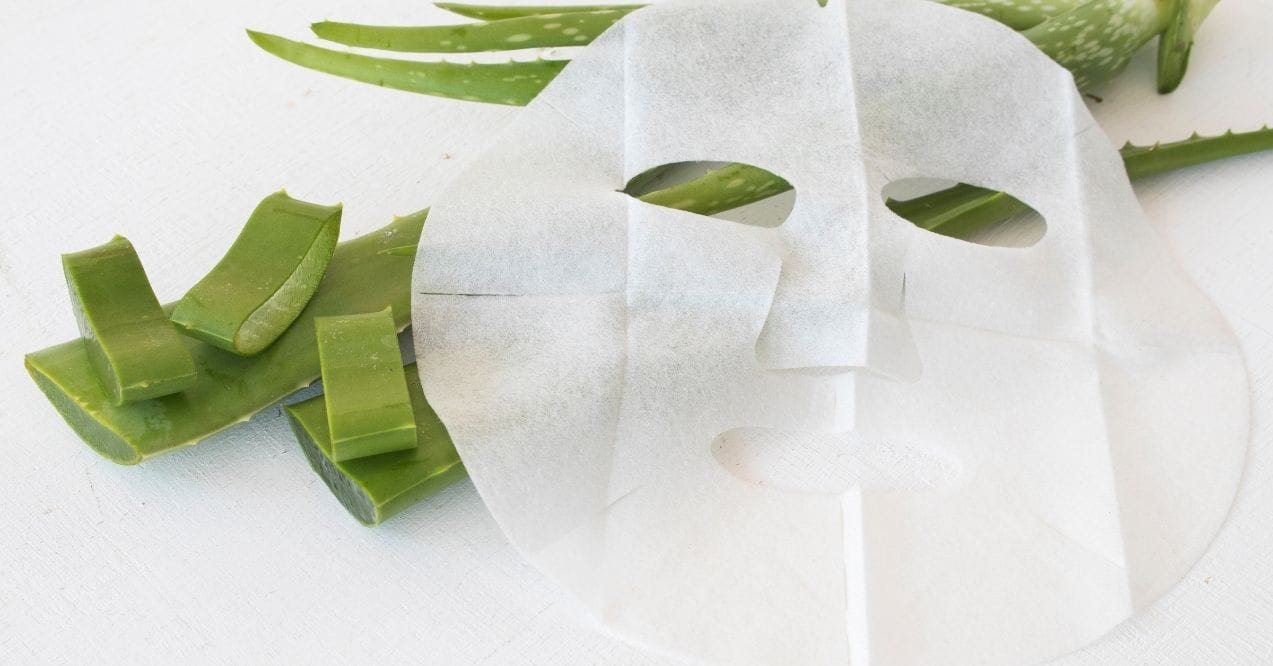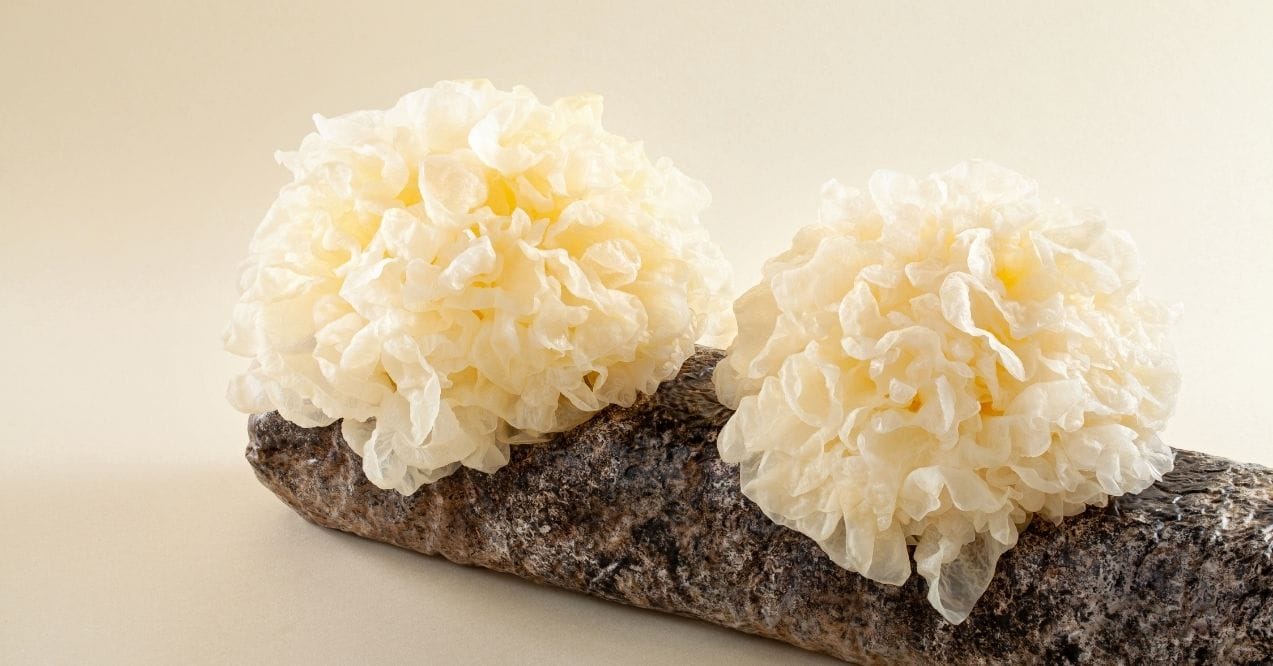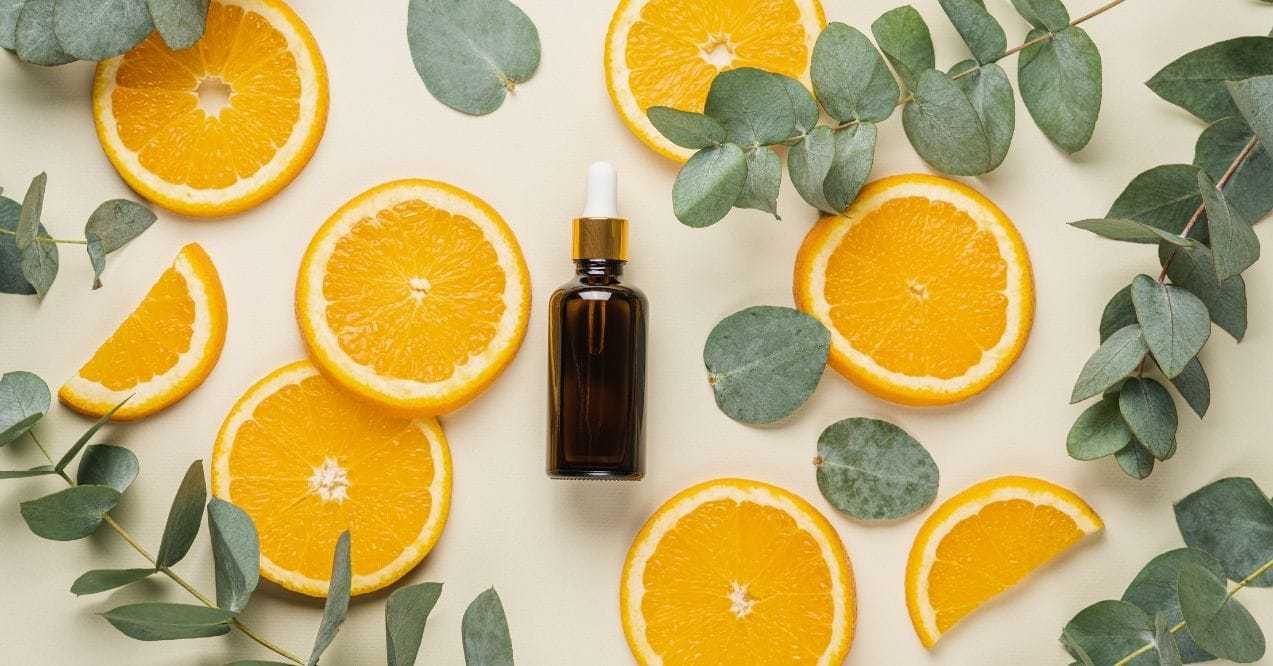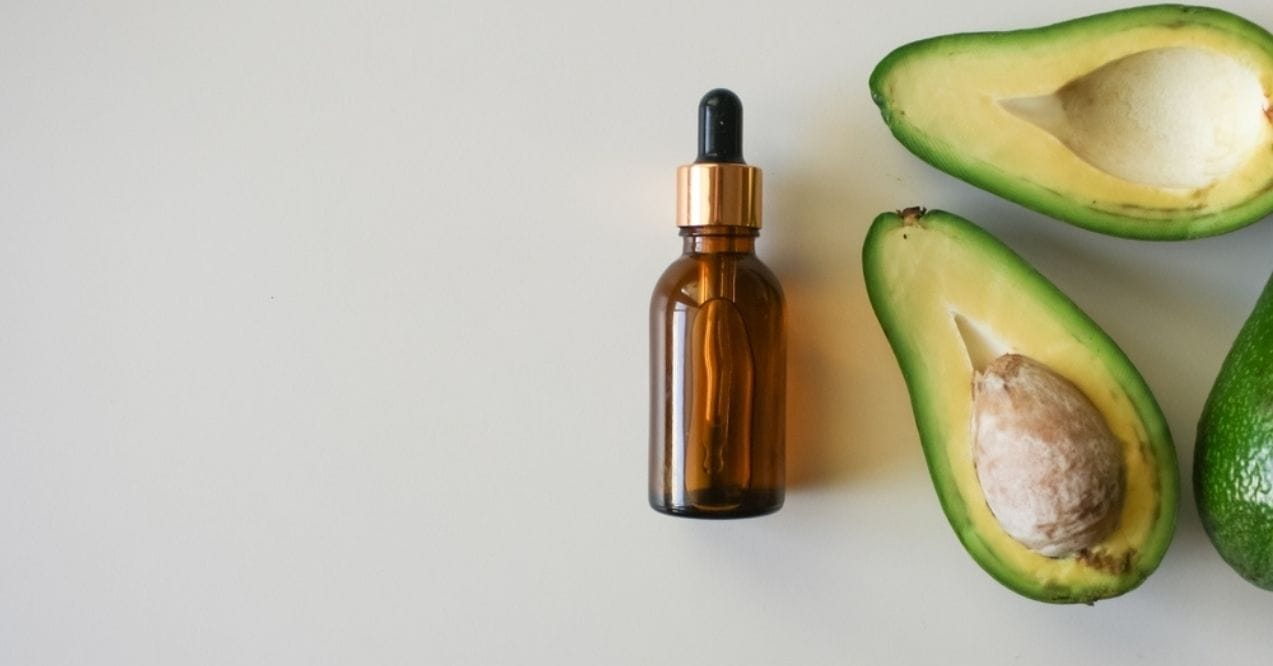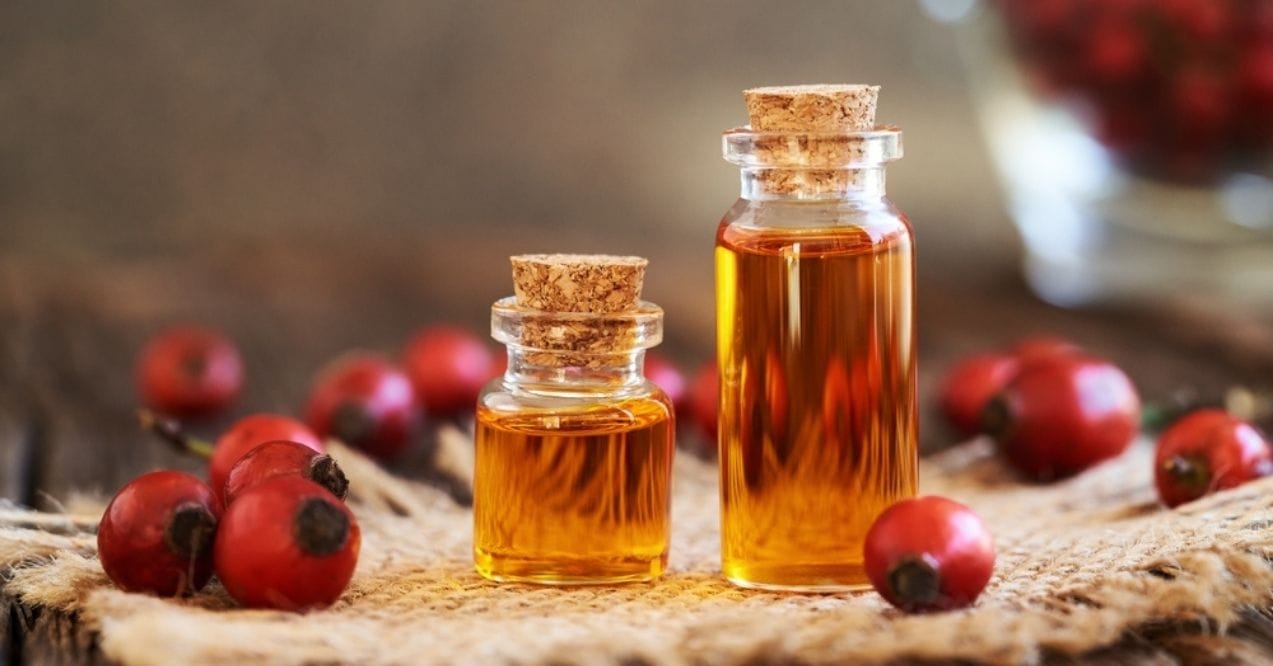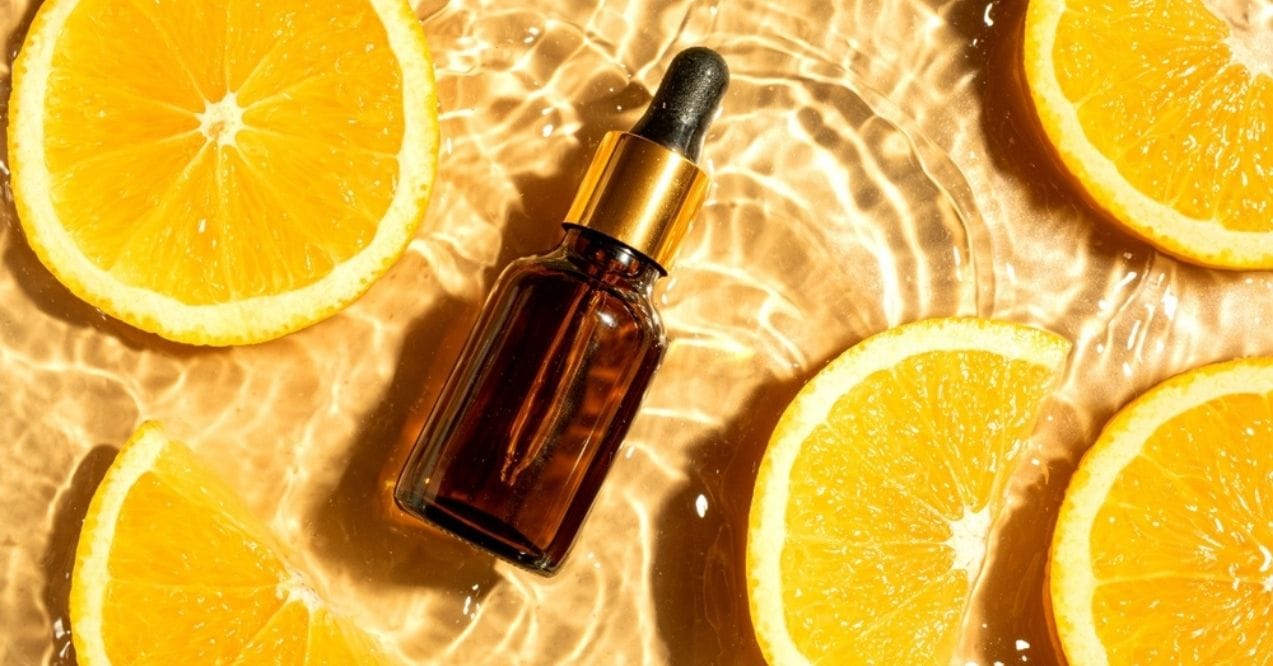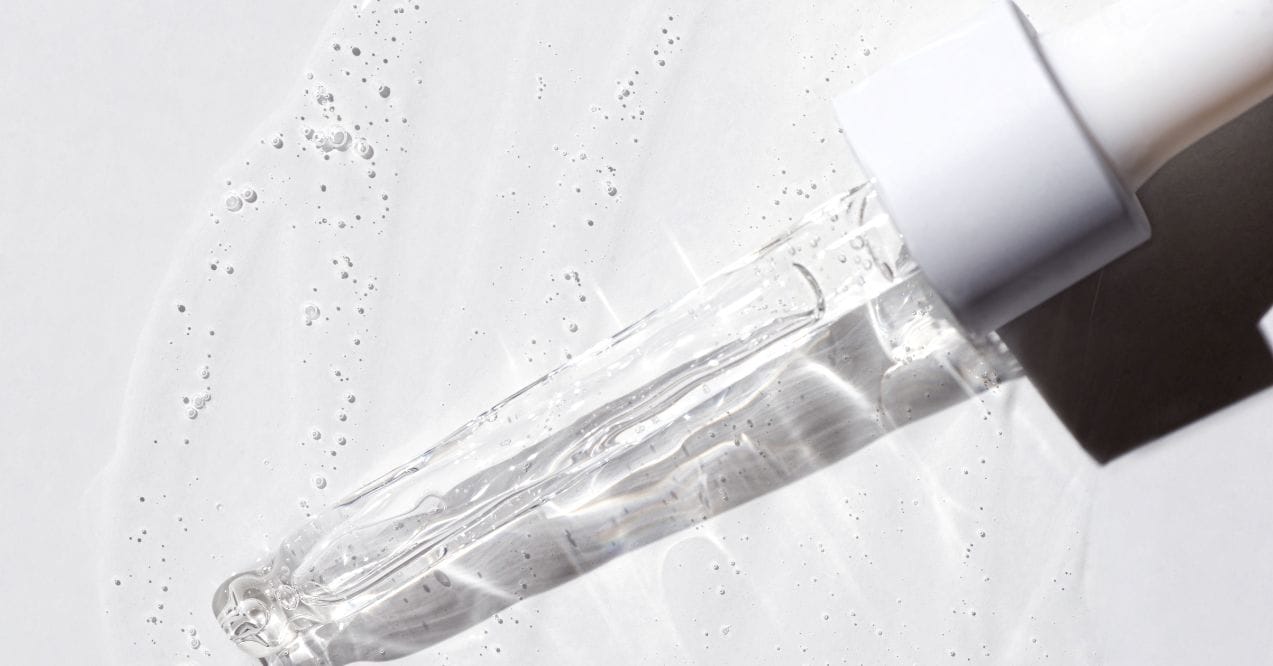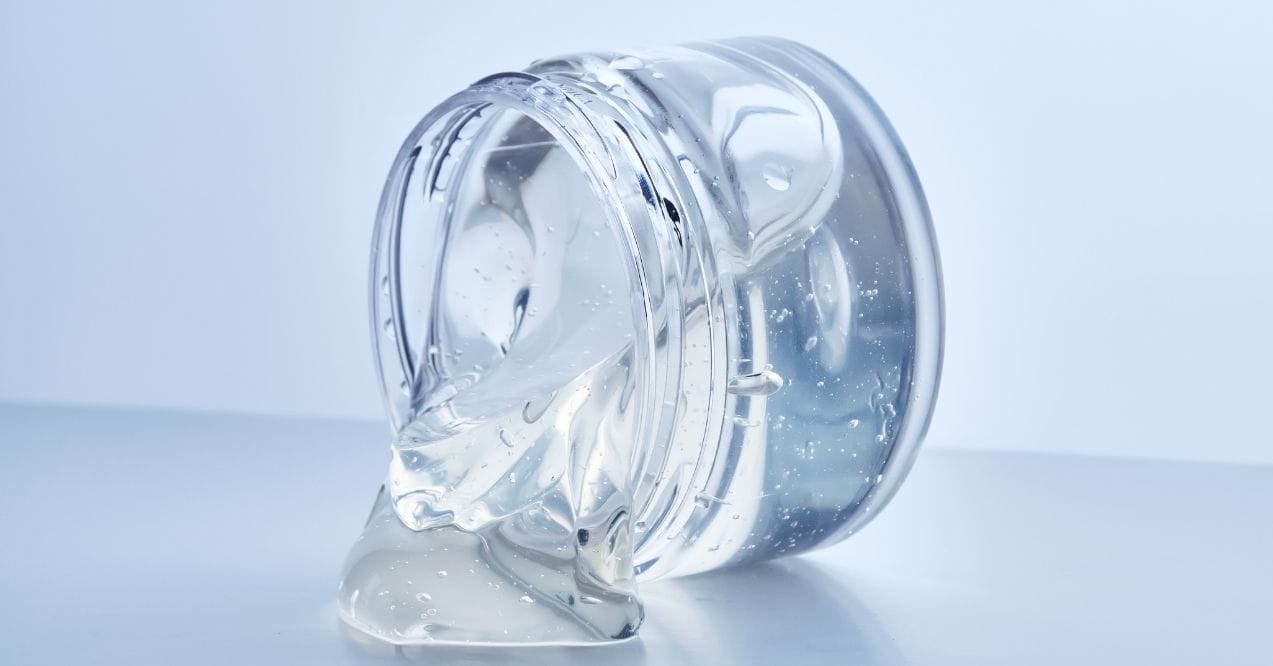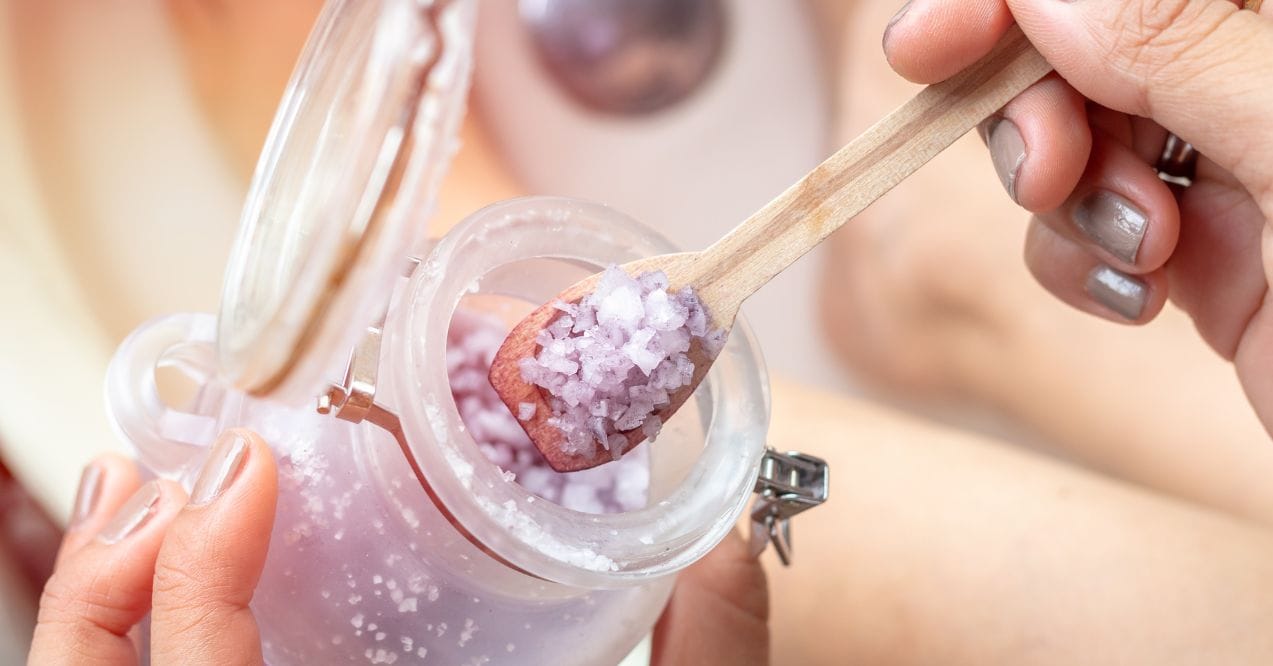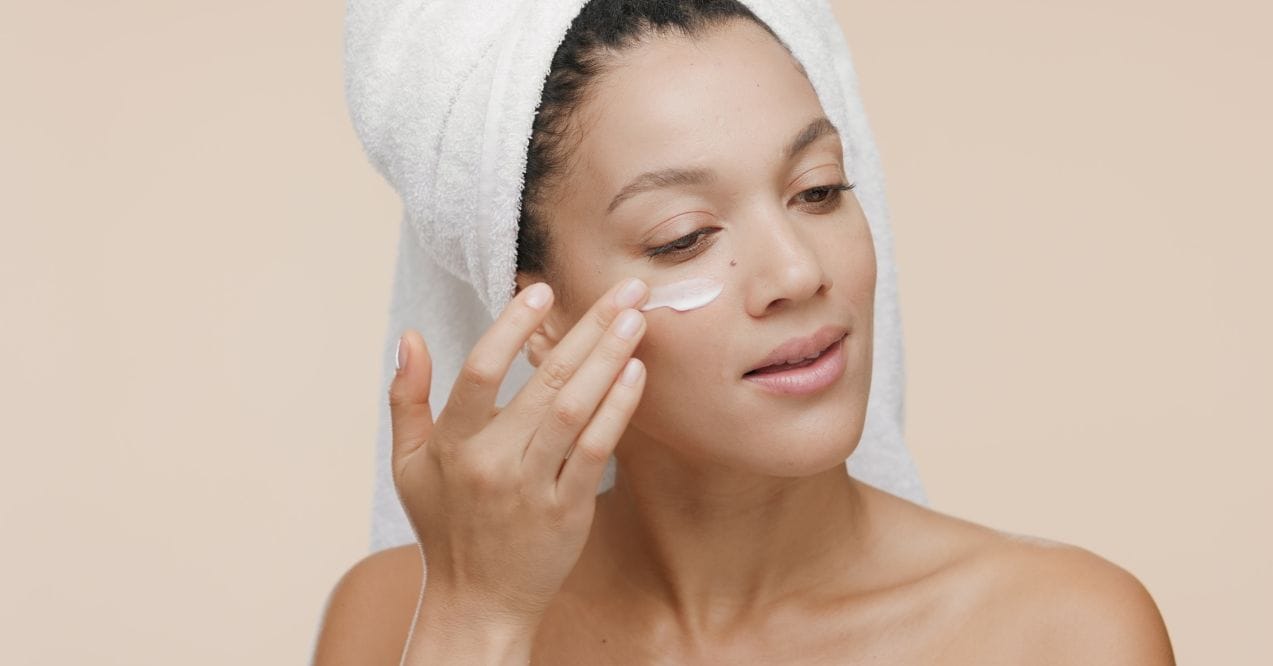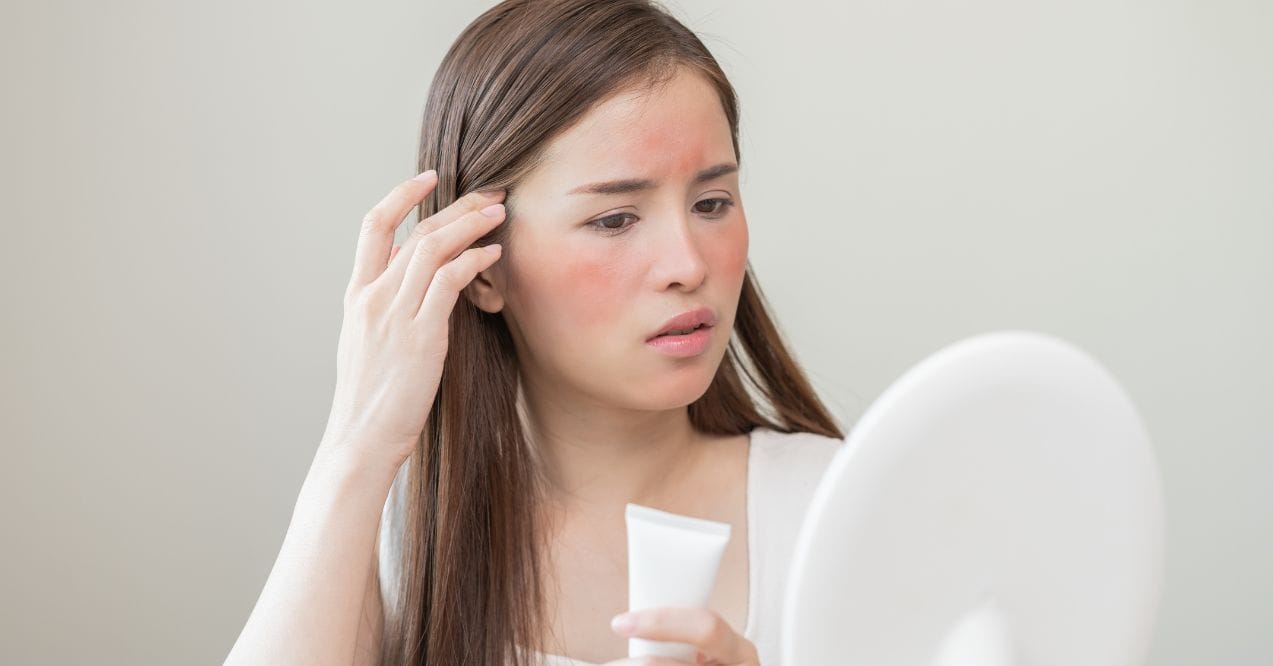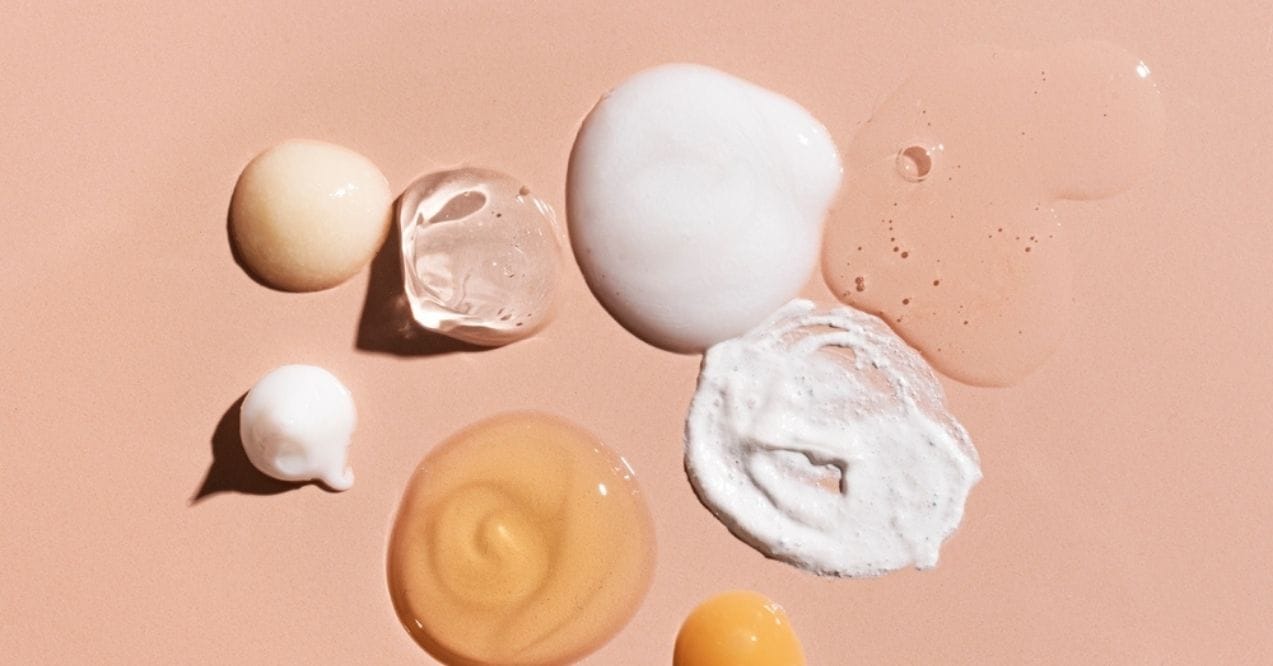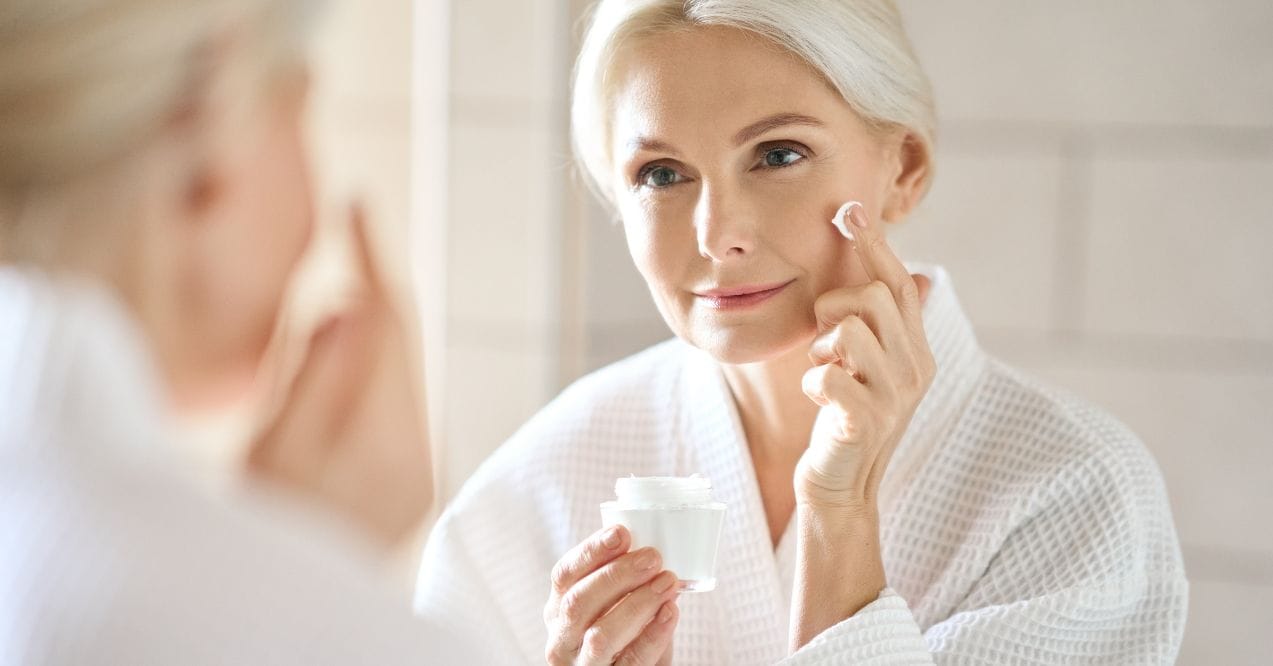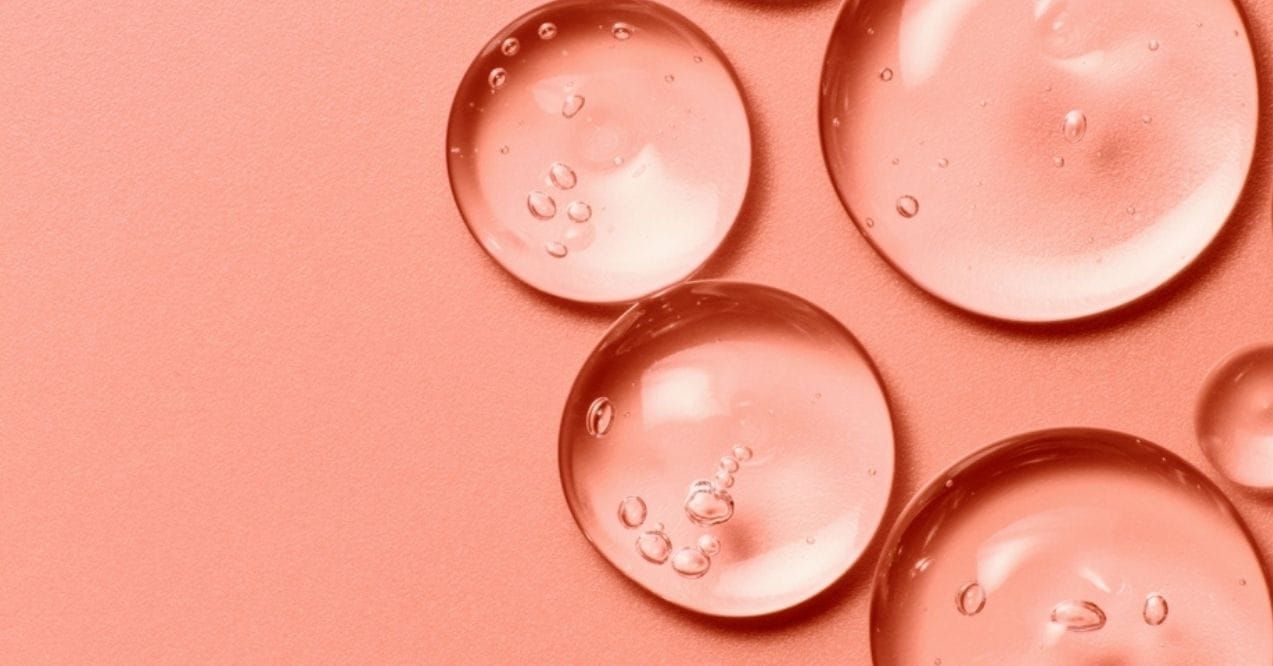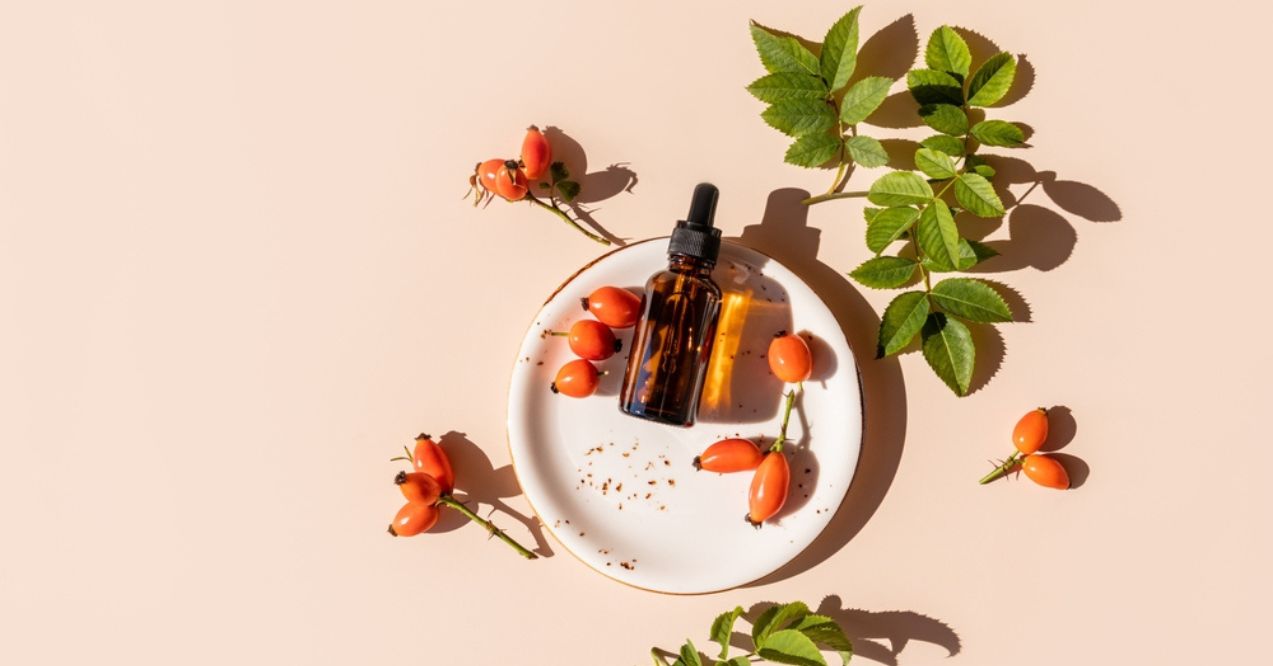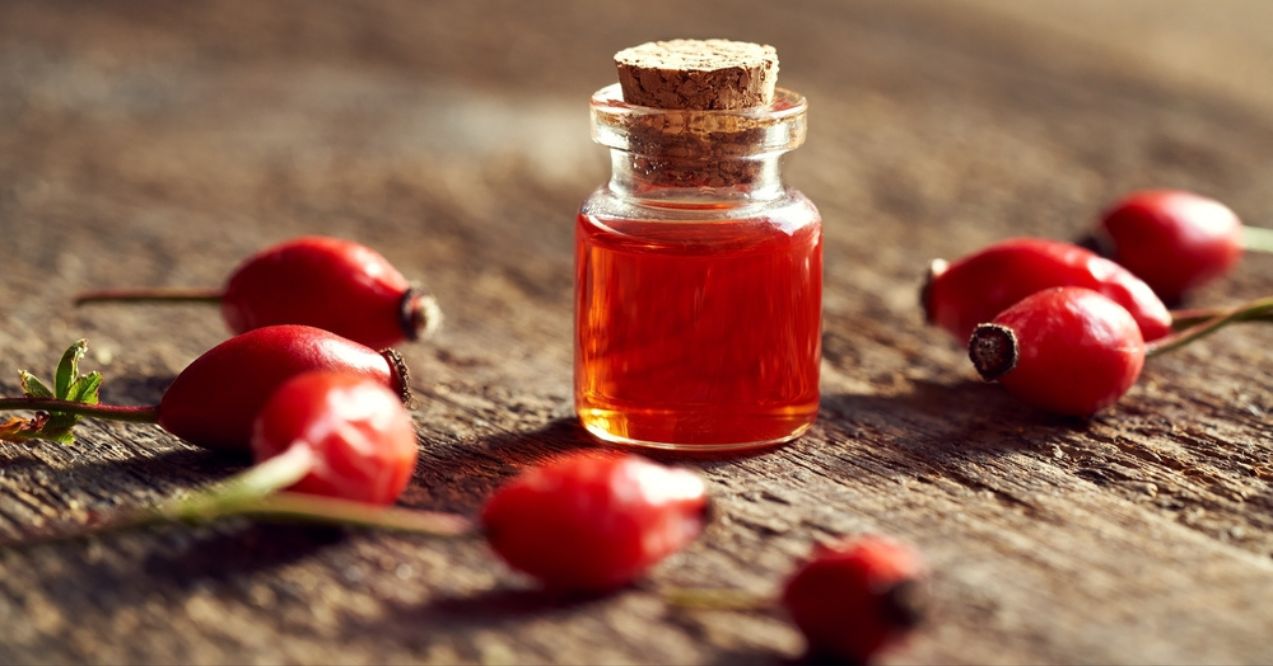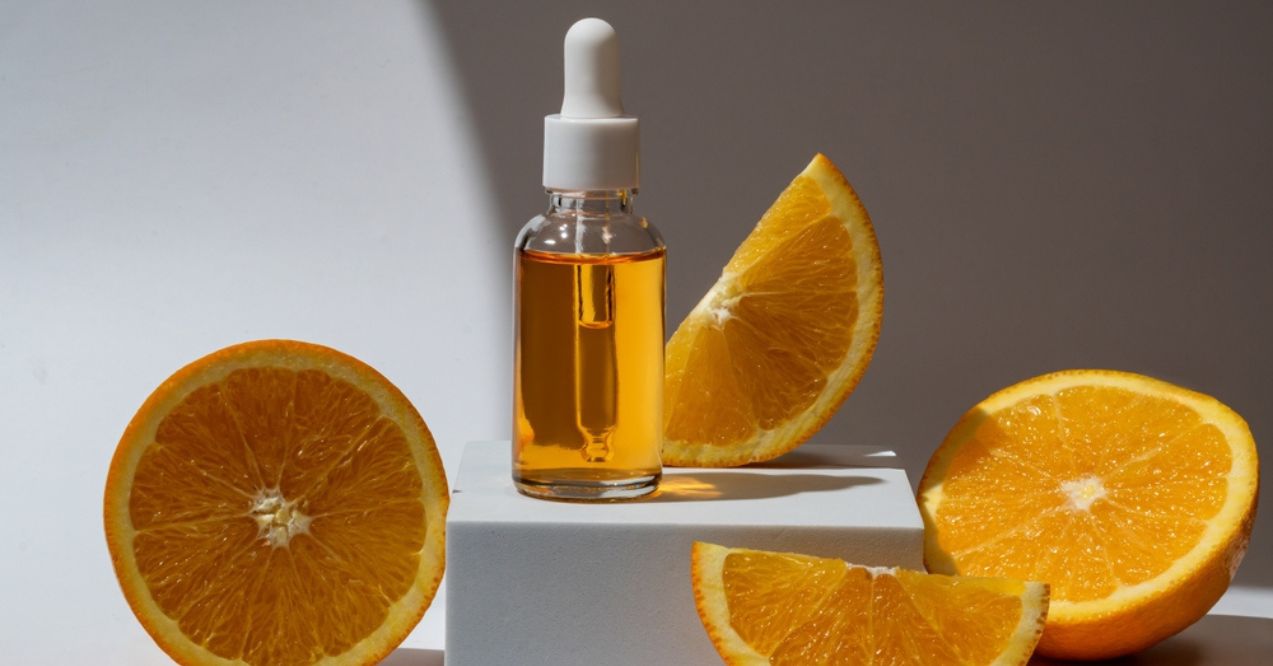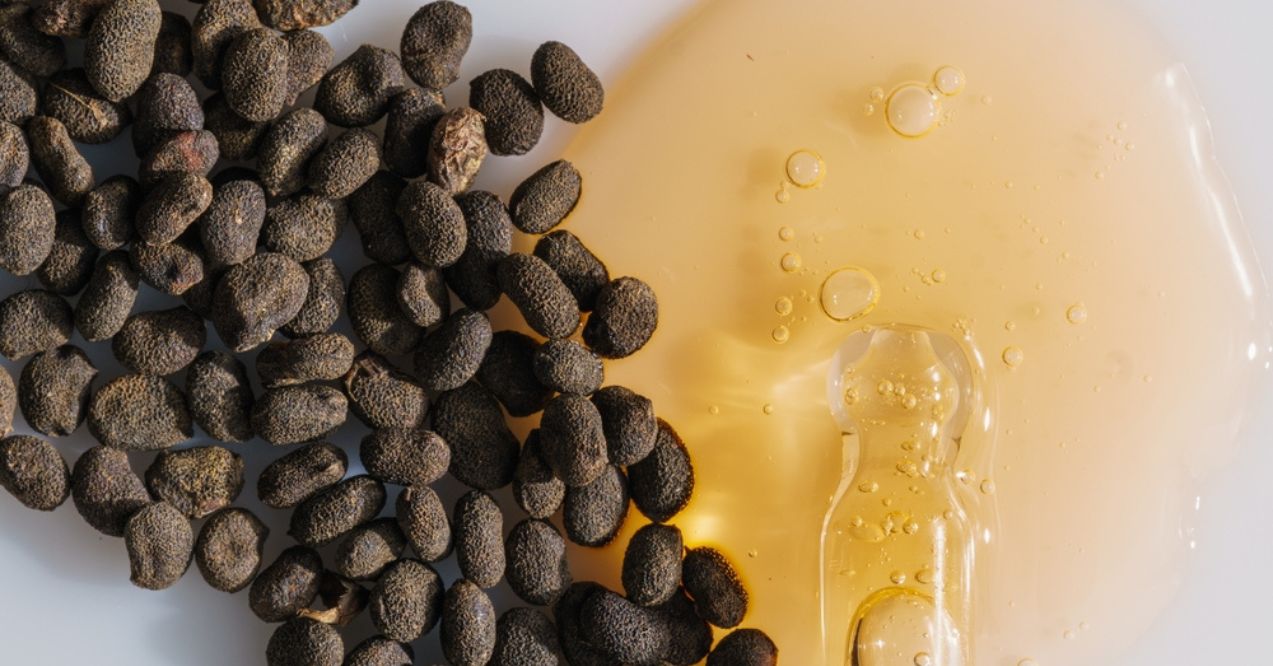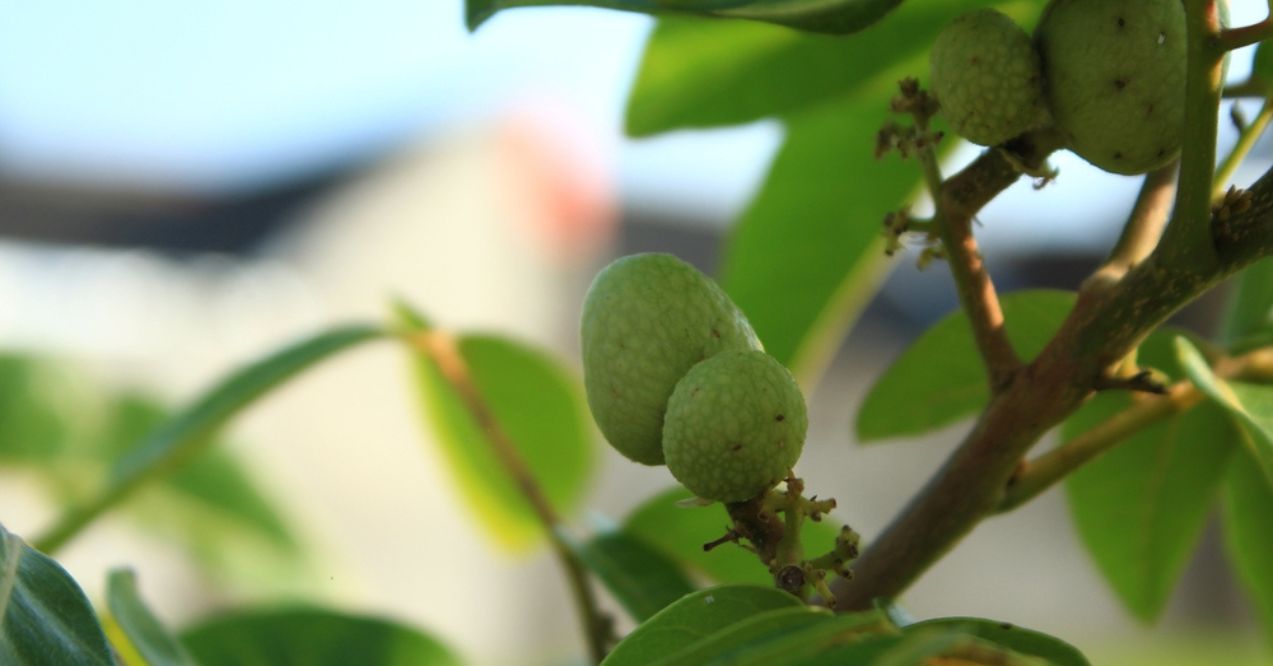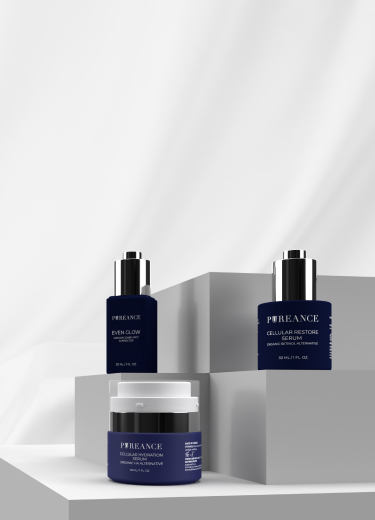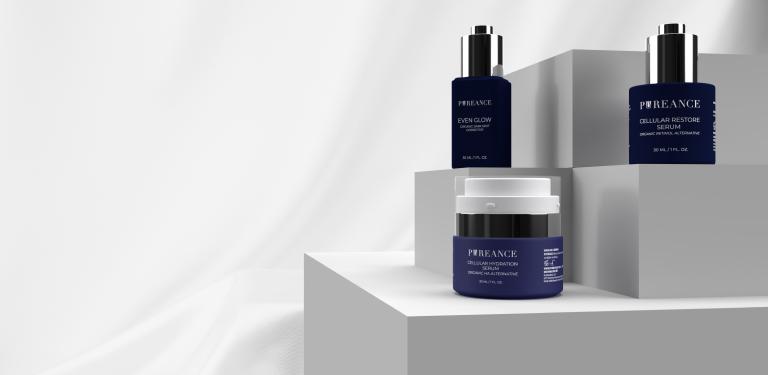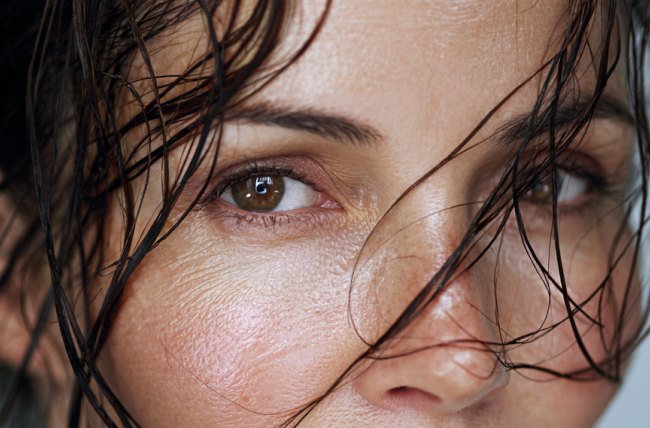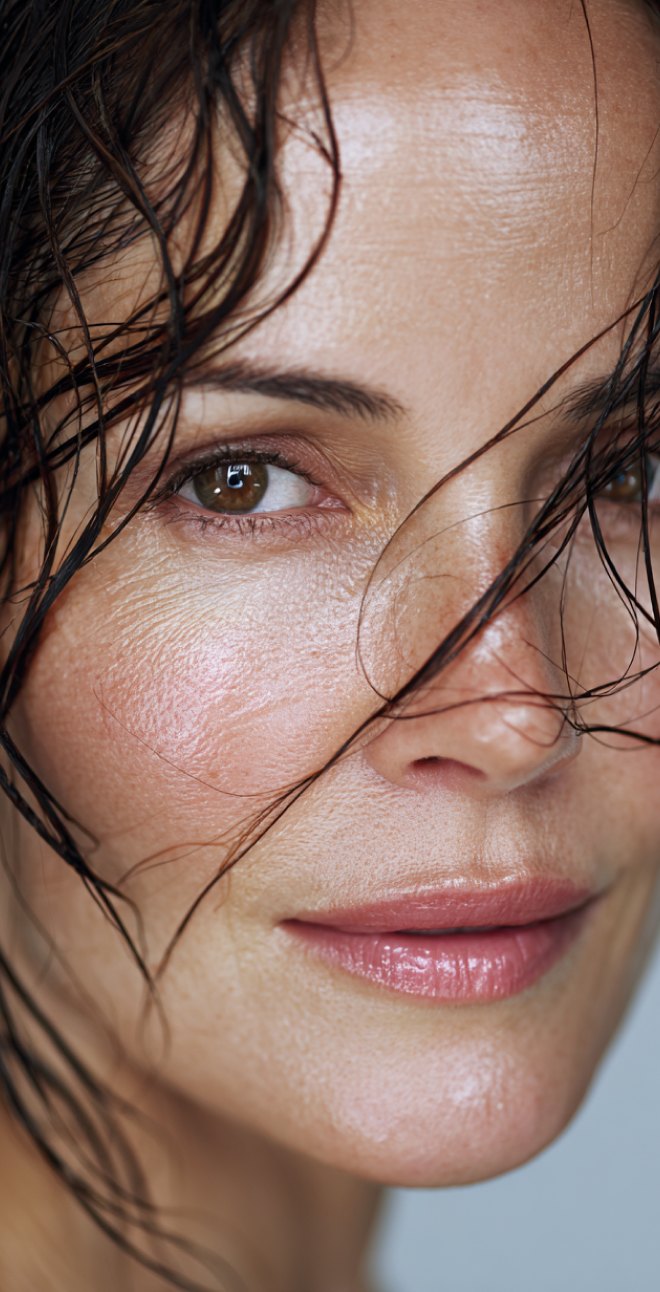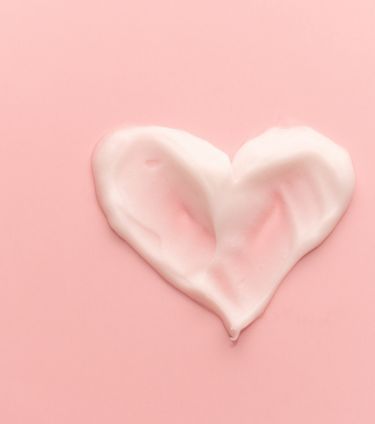
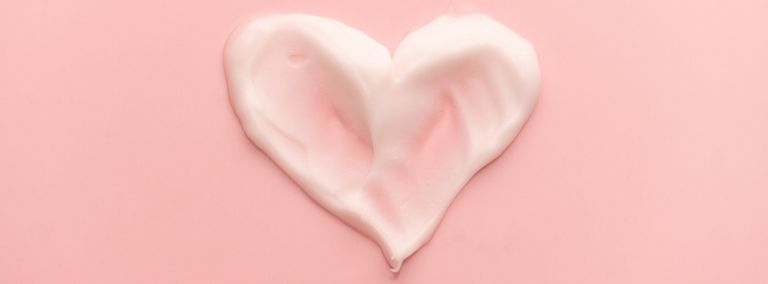
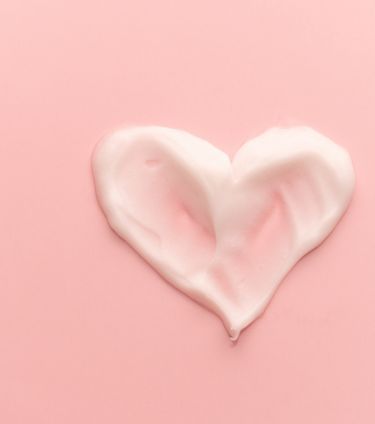
The 10 Best Natural Hydroquinone Alternatives
When seeking a hydroquinone alternative, many individuals turn to natural options for addressing uneven skin tone. Hyperpigmentation, characterized by dark patches on the skin, is a common concern that has traditionally been treated with hydroquinone. However, growing awareness of potential side effects associated with this ingredient has led to increased interest in safer, natural alternatives.
These alternatives offer the potential to improve the appearance of skin tone without the safety concerns linked to hydroquinone use. As consumers become more conscious of ingredient safety, the demand for effective, plant-based options continues to rise, prompting a shift in skincare formulations and practices.
Key Article Findings
- Ingredients like kojic acid, arbutin, and azelaic acid are potent natural alternatives to hydroquinone, offering similar skin-brightening effects without the associated risks.
- Licorice extract and vitamin C not only target pigmentation but also provide antioxidant and anti-inflammatory benefits, contributing to overall skin health.
- The demand for natural skincare options is increasing, reflecting a broader shift towards safer and more sustainable skincare practices.
The 10 Best Hydroquinone Alternatives
Hydroquinone alternative ingredients have gained popularity as effective options for addressing uneven skin tone. These alternatives offer promising results without the potential risks associated with hydroquinone use. Here are ten of the best hydroquinone alternatives that have shown efficacy in improving the appearance of skin tone:
1. Kojic Acid
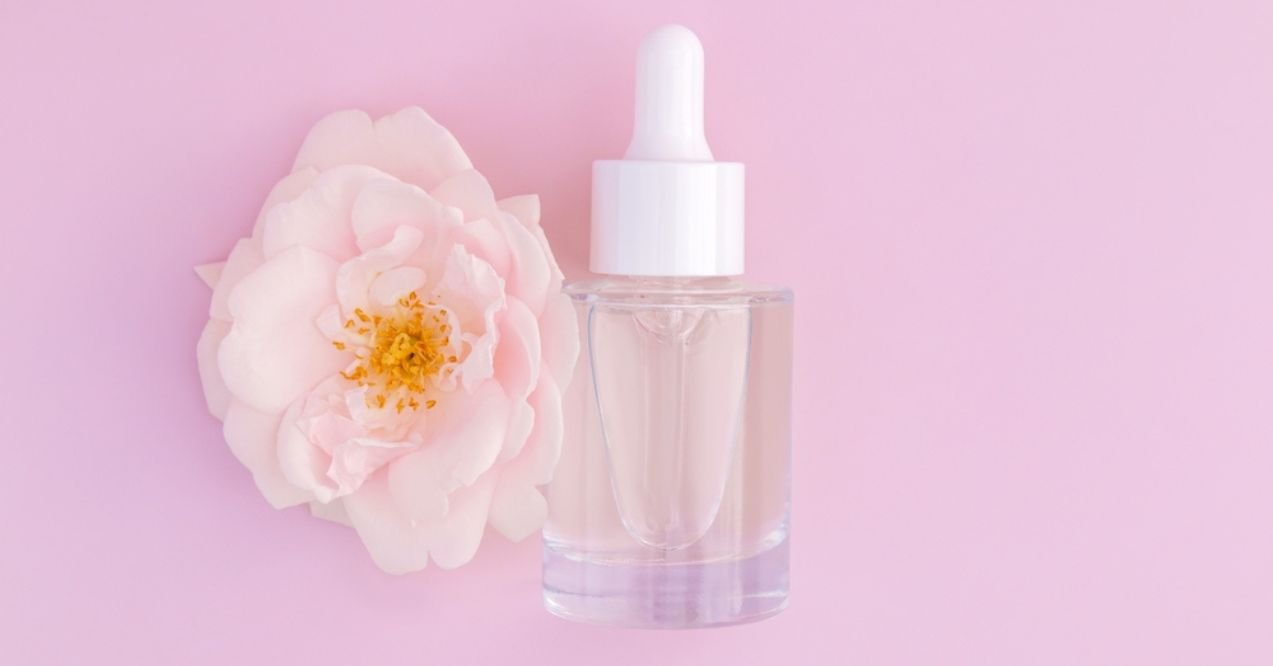
Kojic acid, derived from various fungi species, is one of the best hydroquinone alternatives for addressing uneven skin tone. This natural compound works by inhibiting tyrosinase, an enzyme crucial for melanin production. Kojic acid effectively lightens the appearance of dark spots and promotes a more uniform skin tone. Its antioxidant properties provide additional benefits, supporting overall skin health. While generally well-tolerated, some individuals may experience mild irritation when first using products containing kojic acid.
2. Arbutin
Arbutin, found in plants like bearberry, cranberry, and blueberry, is a natural derivative of hydroquinone that offers a safer approach to skin lightening. This hydroquinone alternative inhibits melanin production without the potential side effects associated with its synthetic counterpart. Arbutin comes in two forms: alpha-arbutin and beta-arbutin, with alpha-arbutin being more stable and effective. It gradually improves the appearance of dark spots and uneven skin tone, making it suitable for long-term use in skincare routines.
3. Azelaic Acid
Azelaic acid, naturally occurring in grains like wheat and barley, is a versatile ingredient for addressing hyperpigmentation. Its effectiveness stems from its ability to inhibit tyrosinase and reduce inflammation. Azelaic acid not only helps improve the appearance of dark spots but also supports overall skin clarity. This multi-functional ingredient is particularly beneficial for those with sensitive skin, as it tends to be gentler than some other skin-lightening agents.
4. Licorice Extract (Glabridin)
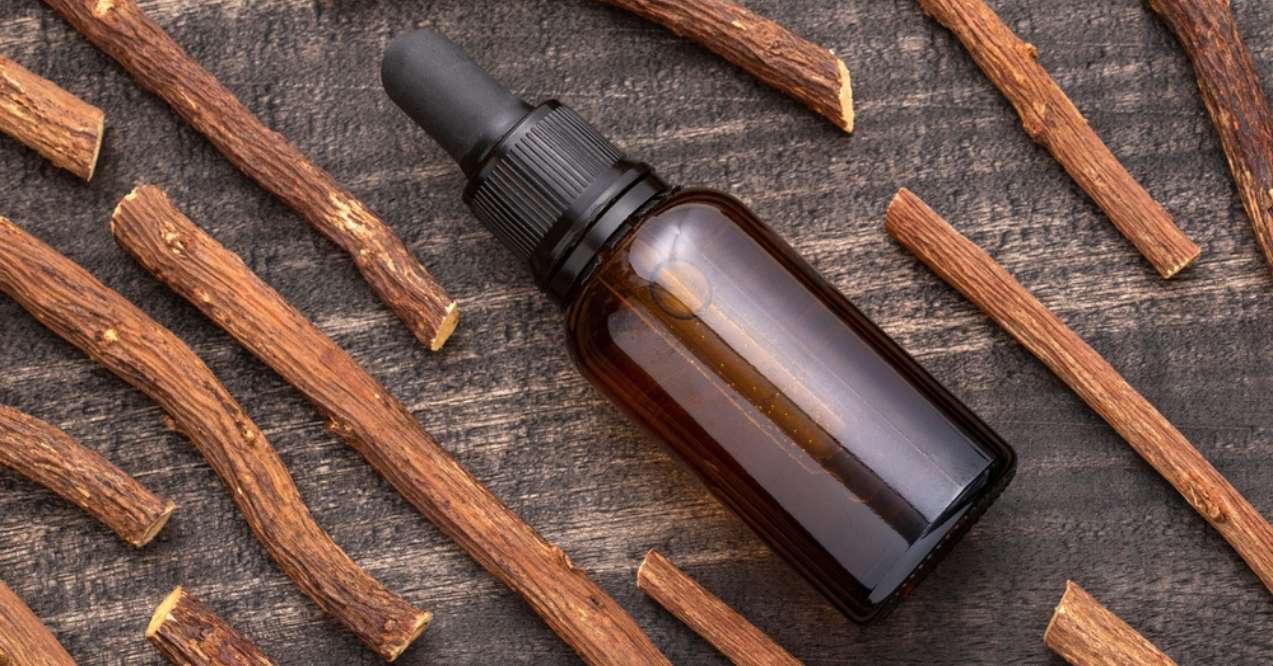
Licorice extract, particularly its active compound glabridin, is a potent natural option for improving skin tone. Glabridin inhibits tyrosinase activity and possesses anti-inflammatory properties, making it effective in reducing the appearance of hyperpigmentation. This extract also contains liquiritin, which helps disperse melanin, further contributing to a more even-toned appearance. Licorice extract is generally well-tolerated and can be used in combination with other skin-brightening ingredients for enhanced results.
5. Vitamin C
Vitamin C is a potent antioxidant that inhibits melanin synthesis, making it one of the effective alternatives to hydroquinone. This ingredient not only helps improve the appearance of uneven skin tone but also supports collagen production and offers protection against UV-induced oxidative stress. Vitamin C comes in various forms, with L-ascorbic acid being the most potent and widely studied. Regular use can contribute to a brighter, more even-toned complexion.
6. Niacinamide

Niacinamide, a form of vitamin B3, inhibits melanosome transfer of melanin to keratinocytes, effectively reducing the appearance of pigmentation. This versatile ingredient also possesses anti-inflammatory and antioxidant properties, contributing to overall skin health. Niacinamide supports the skin’s barrier function, helps regulate oil production, and can improve the appearance of enlarged pores. Its gentle nature makes it suitable for various skin types.
7. Soybean Extract
Rich in proteins and isoflavones, soybean extract helps break down melanin transfer routes, reducing the population of melanin in the skin and improving overall skin tone. The active compounds in soybean extract, particularly genistein, interfere with the pigmentation process at multiple levels. This natural ingredient also offers moisturizing benefits and can help improve skin elasticity. Soybean extract is often well-tolerated and can be used in combination with other skin-brightening ingredients.
8. Centella Asiatica (Gotu Kola) Extract
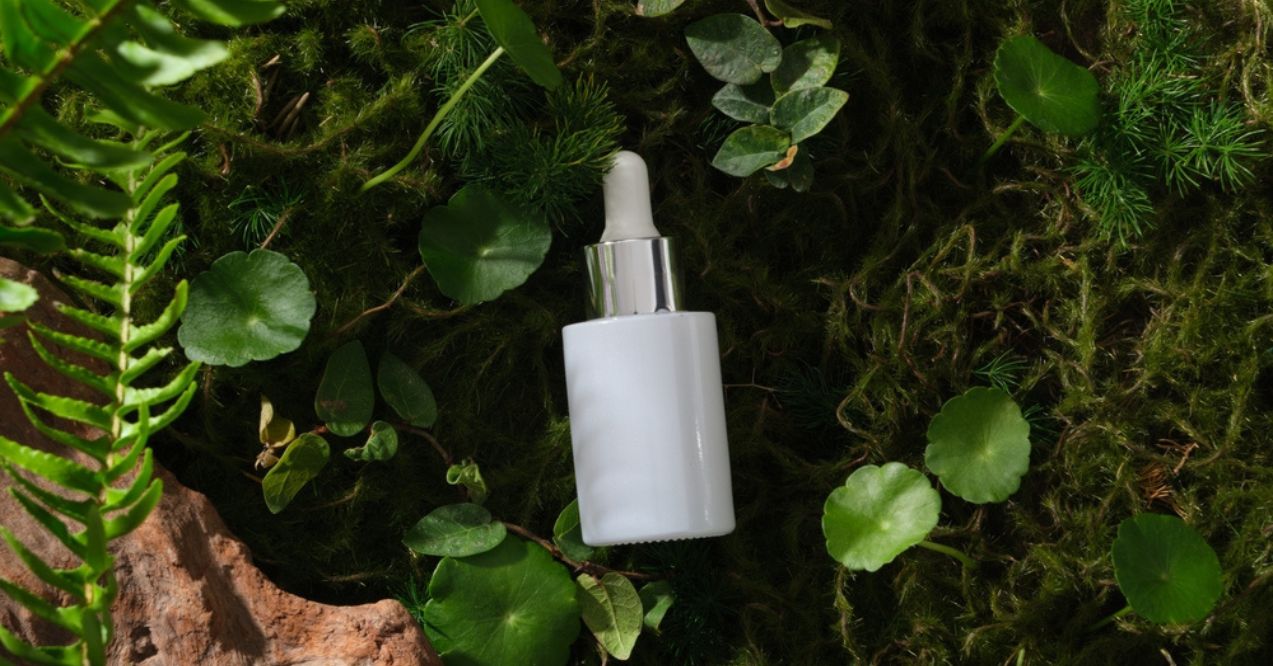
Centella Asiatica extract, known for its antioxidant and anti-inflammatory properties, plays a role in inhibiting melanosome transfer of melanin. This herb supports skin wound healing and collagen synthesis, contributing to overall skin health. Centella Asiatica contains active compounds like asiaticoside, madecassoside, and asiatic acid, which offer various skin benefits. Its soothing properties make it particularly beneficial for sensitive skin types prone to redness or irritation.
9. Glycolic Acid
Glycolic acid, derived from sugar cane, is an alpha-hydroxy acid (AHA) that promotes skin exfoliation and melanin degradation. This natural hydroquinone alternative accelerates cell turnover, helping to shed pigmented cells and reveal brighter skin underneath. Glycolic acid also stimulates collagen production and improves skin texture. Its small molecular size allows for deeper penetration, enhancing its effectiveness. Regular use can lead to a more even-toned and smoother complexion.
10. Bakuchiol
Bakuchiol, extracted from the Psoralea corylifolia plant, offers retinol-like effects without the associated irritation. This plant-based ingredient helps reduce the appearance of hyperpigmentation while supporting overall skin renewal. Bakuchiol has been shown to improve skin firmness and elasticity, making it a multi-functional alternative for addressing uneven skin tone and texture. Its gentle nature makes it suitable for those with sensitive skin or those unable to tolerate retinoids.
Conclusion
These hydroquinone alternatives provide effective and safer solutions for addressing uneven skin tone and hyperpigmentation. Ingredients such as kojic acid, arbutin, and azelaic acid reduce melanin production, while licorice extract and vitamin C offer additional skin benefits. These natural options help achieve a more even complexion without the associated risks of hydroquinone, especially when used consistently alongside sun protection. The growing popularity of these alternatives reflects a shift towards safer, more natural skincare choices.
Hydroquinone is a skin-lightening agent used to reduce the appearance of dark spots and uneven skin tone. It works by inhibiting melanin production. However, its use has raised safety concerns, prompting interest in natural alternatives.
Natural alternatives to hydroquinone offer effective options for improving skin tone without potential side effects. These ingredients often provide additional skincare benefits, are generally gentler on the skin, and can be used long-term for maintaining results. Additionally, it is important to note that hydroquinone is banned in Canada, Europe, UK, Japan, and Australia[14] due to potential severe health risks.
While natural alternatives are generally well-tolerated, some individuals may experience mild irritation or sensitivity. It’s important to patch test new products and introduce them gradually. Consult a skincare professional if you have concerns about potential side effects.
Results from natural alternatives can vary depending on the ingredient and individual skin type. Generally, consistent use over 4-12 weeks may show noticeable improvements in skin tone. However, some ingredients may require longer use for optimal results.
This site offers health, wellness, fitness and nutritional information and is designed for educational purposes only. You should not rely on this information as a substitute for, nor does it replace, professional medical advice, diagnosis, or treatment. If you have any concerns or questions about your health, you should always consult with a physician or other health-care professional. Do not disregard, avoid or delay obtaining medical or health related advice from your health-care professional because of something you may have read on this site. The use of any information provided on this site is solely at your own risk.
Nothing stated or posted on this site or available through any services are intended to be, and must not be taken to be, the practice of medical or counseling care. For purposes of this agreement, the practice of medicine and counseling includes, without limitation, psychiatry, psychology, psychotherapy, or providing health care treatment, instructions, diagnosis, prognosis or advice.
